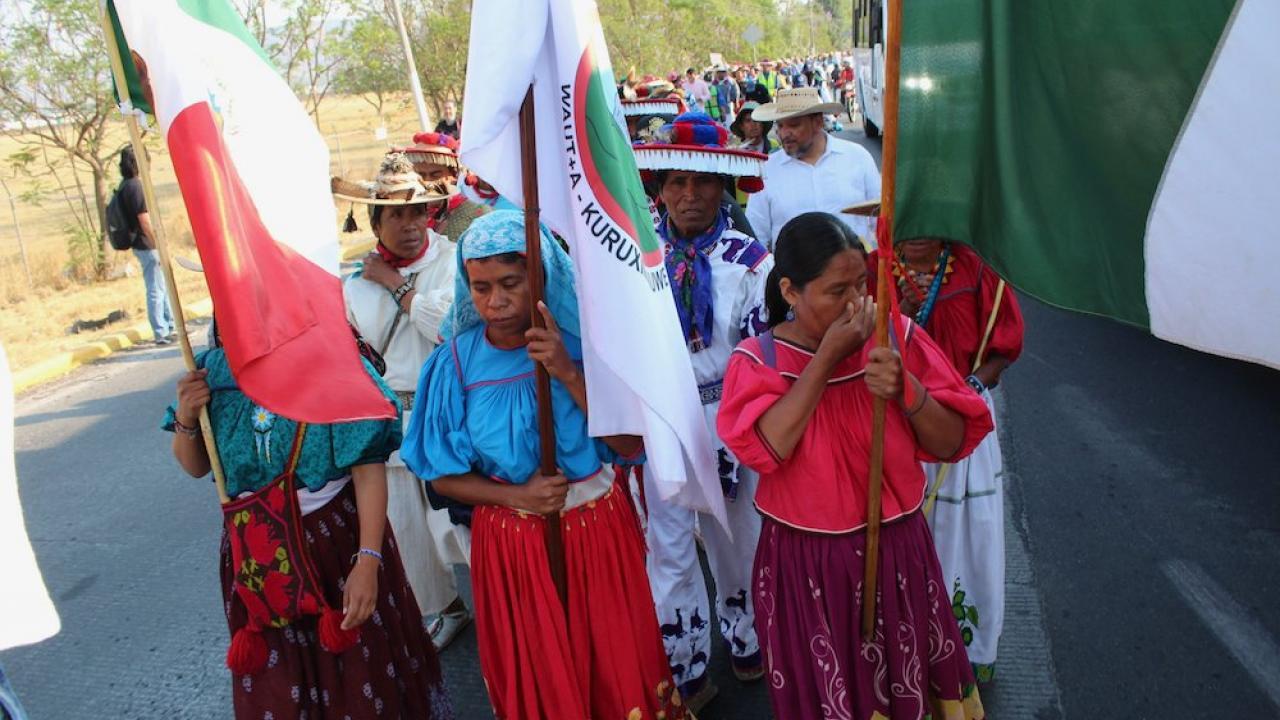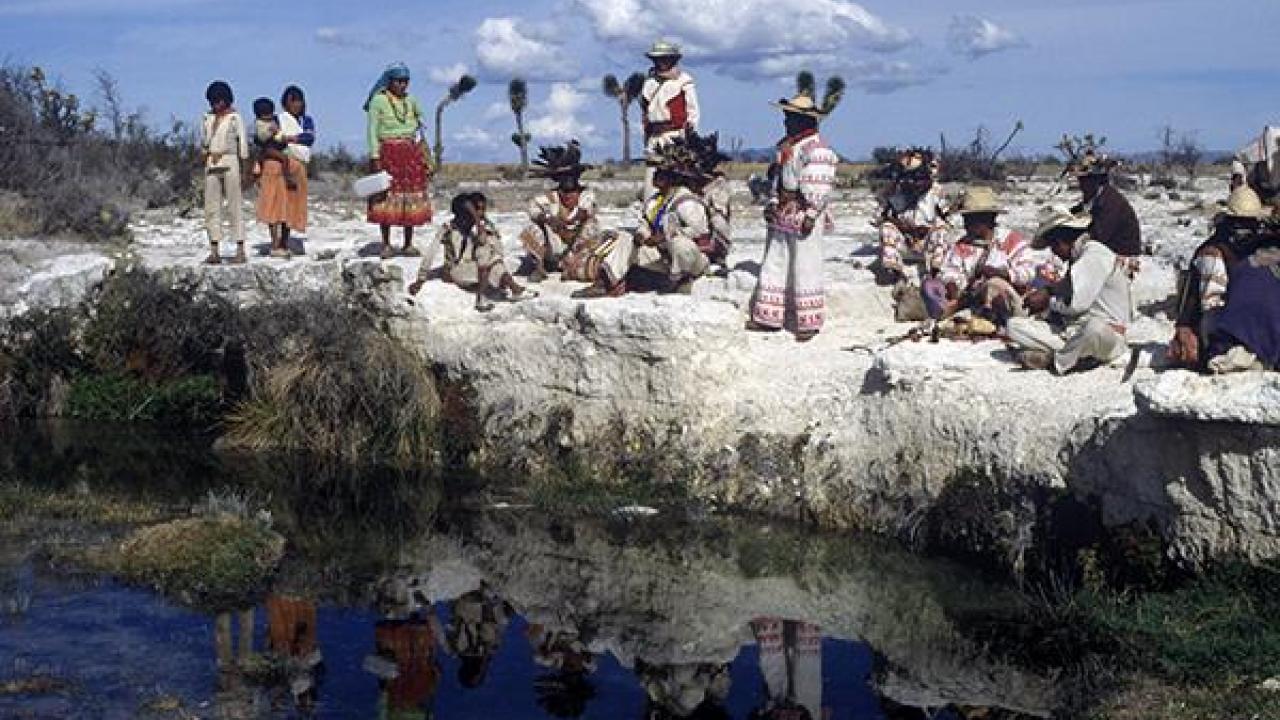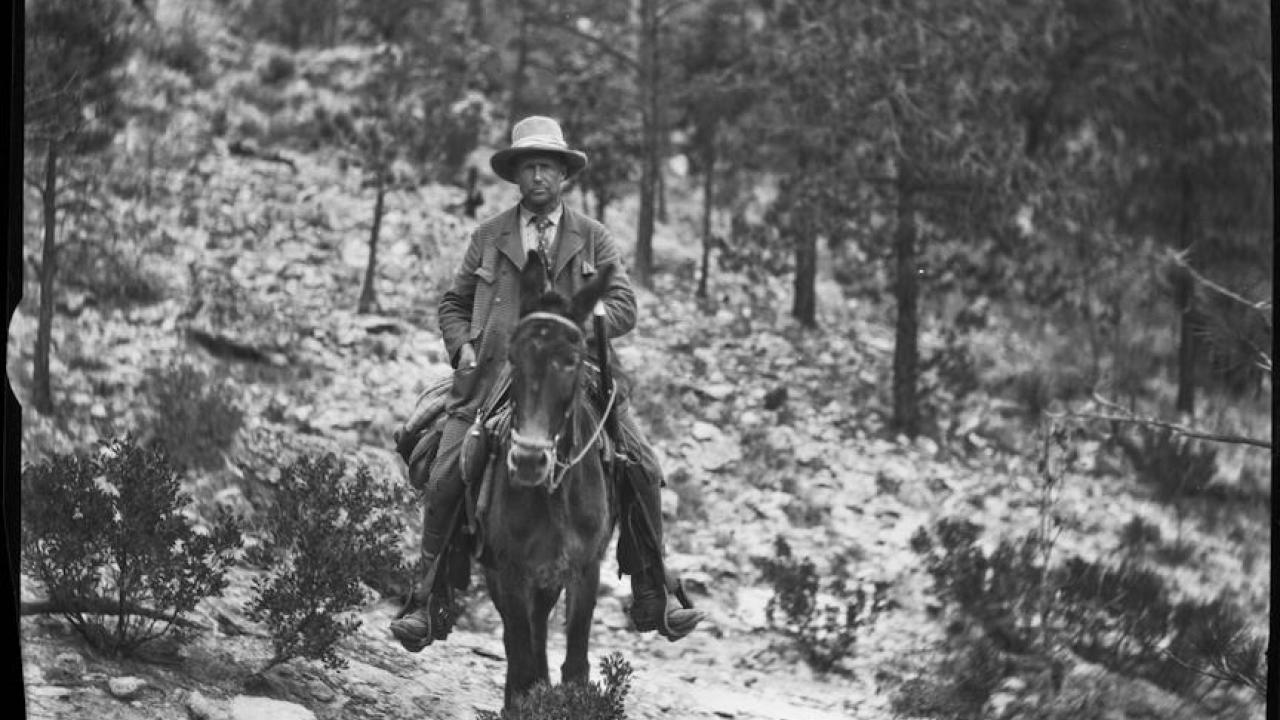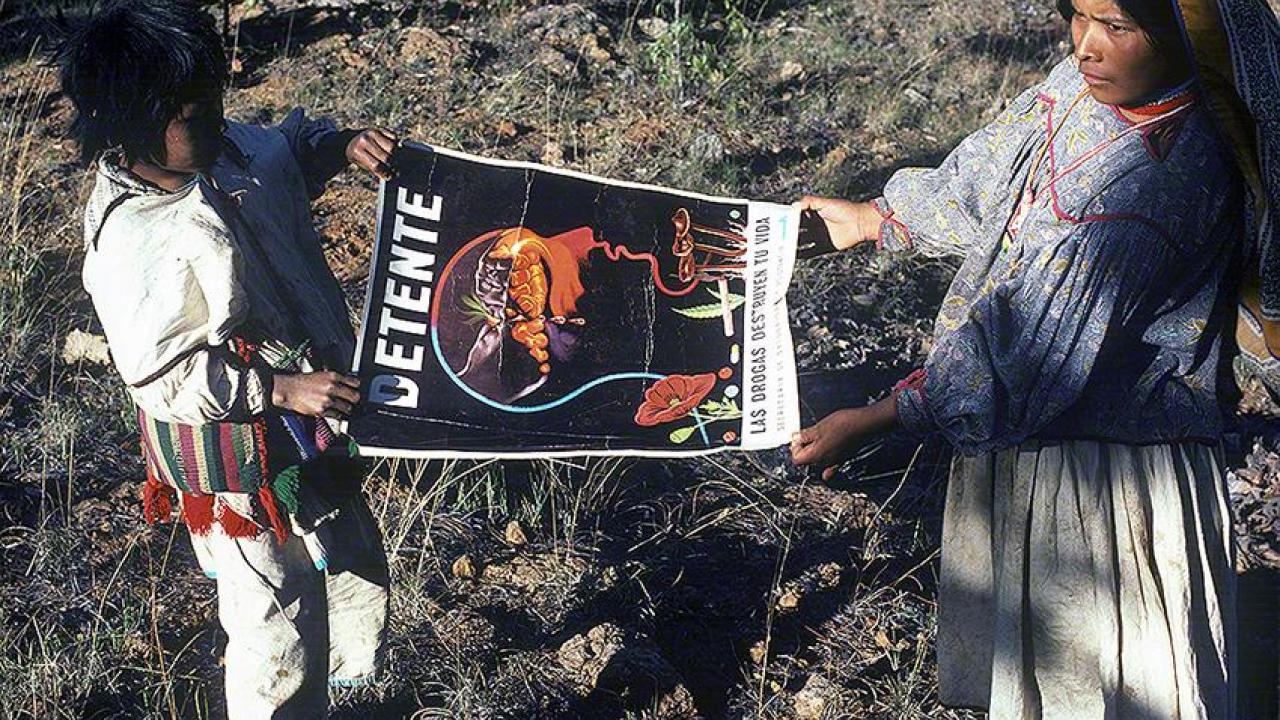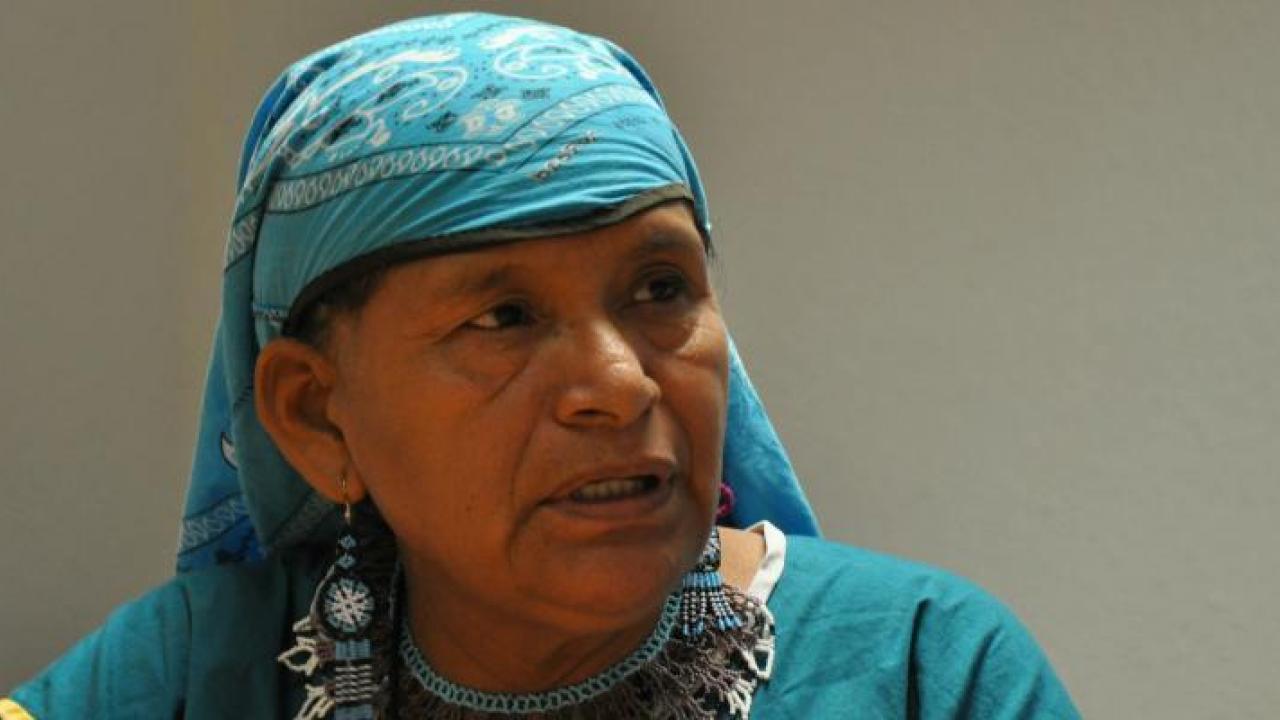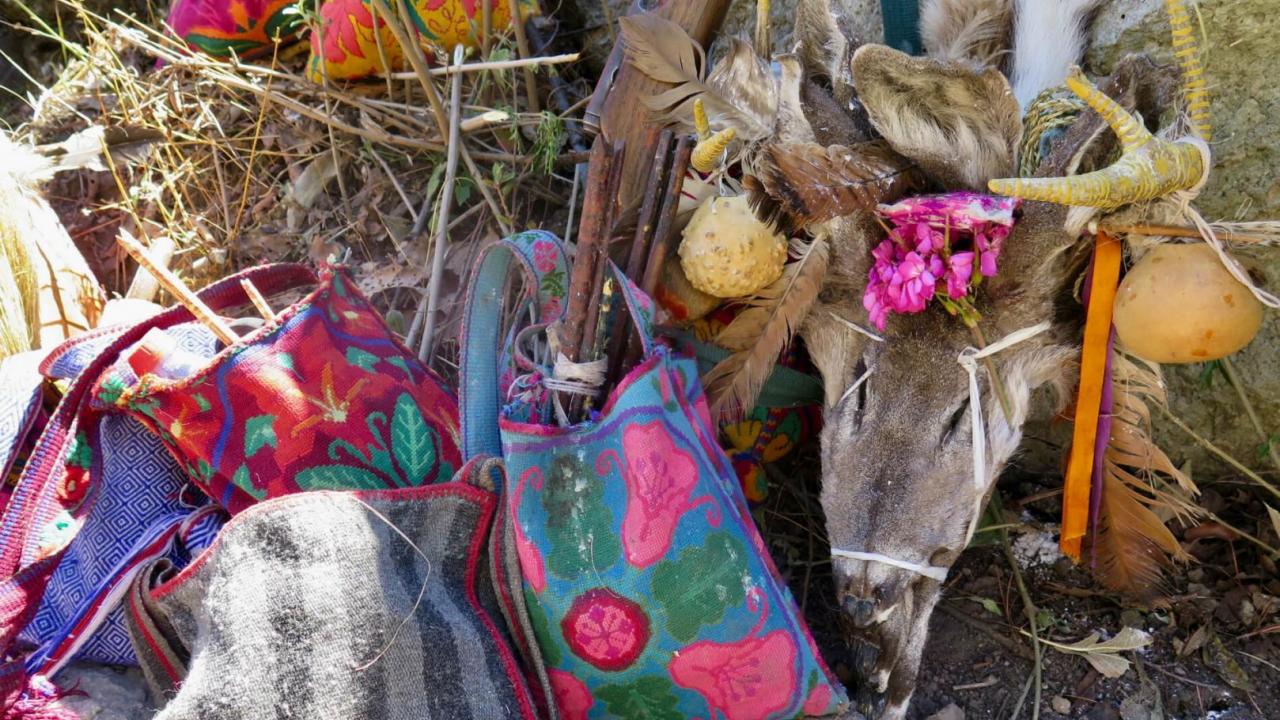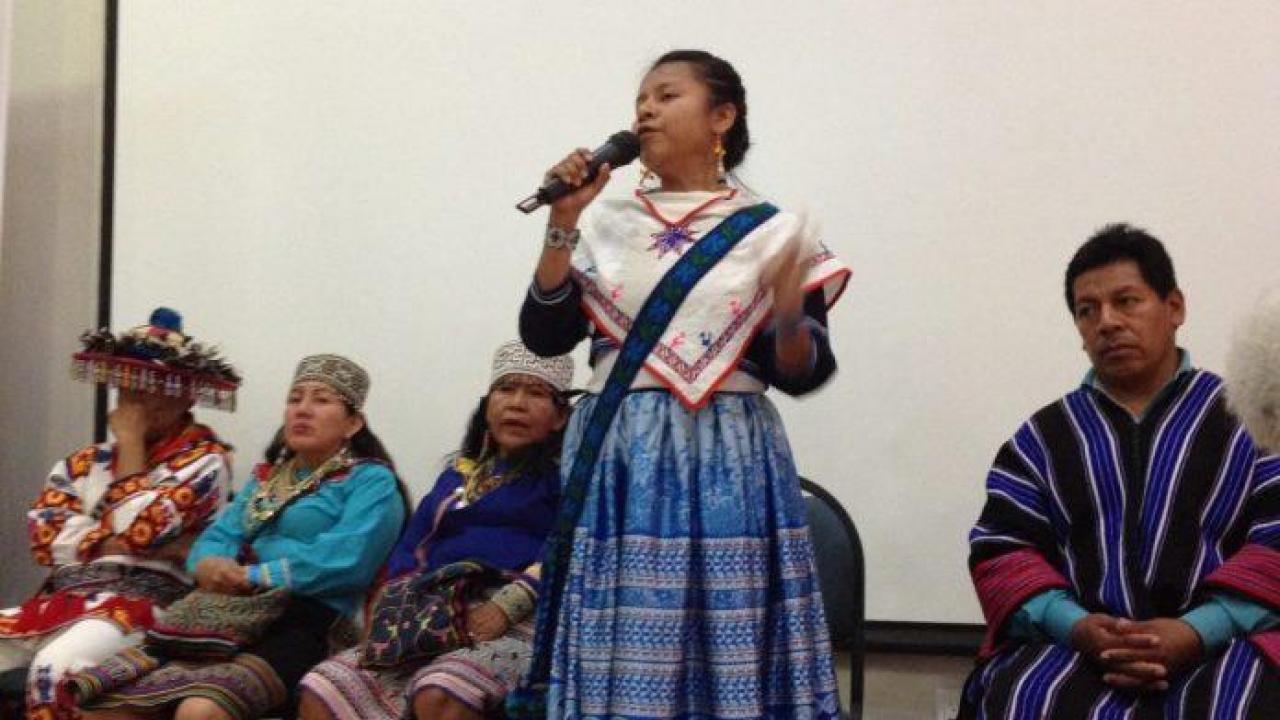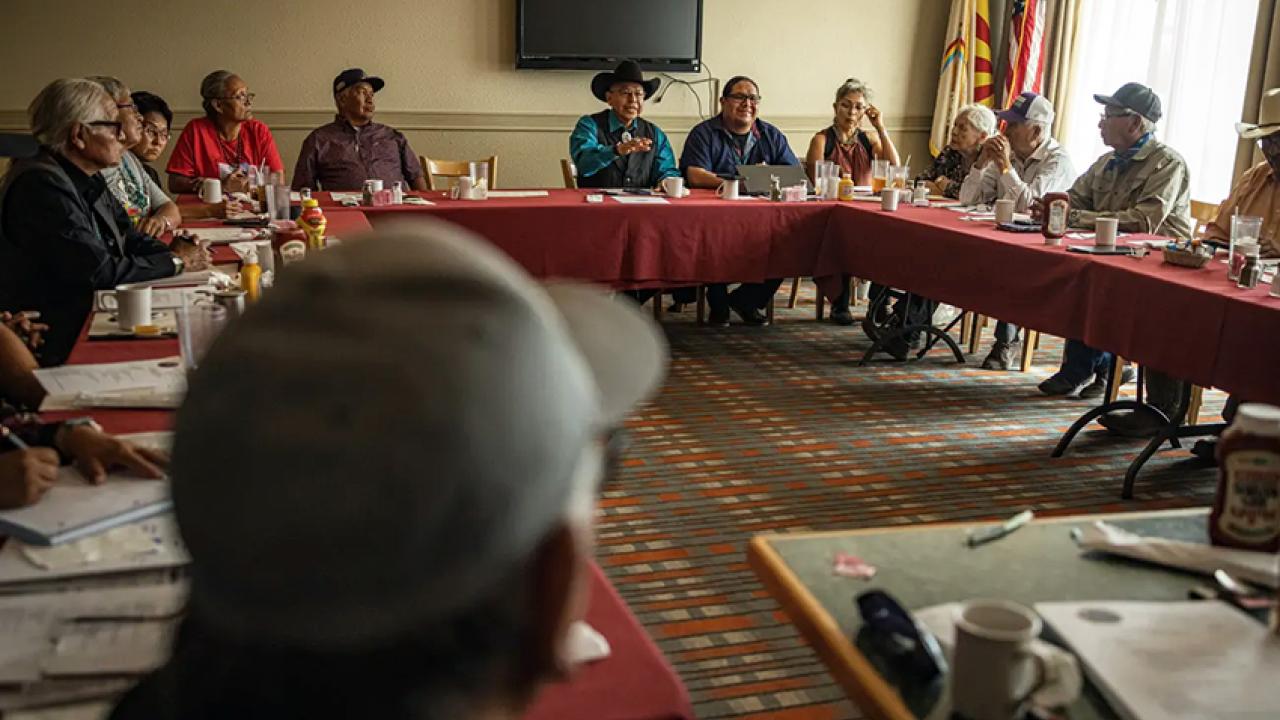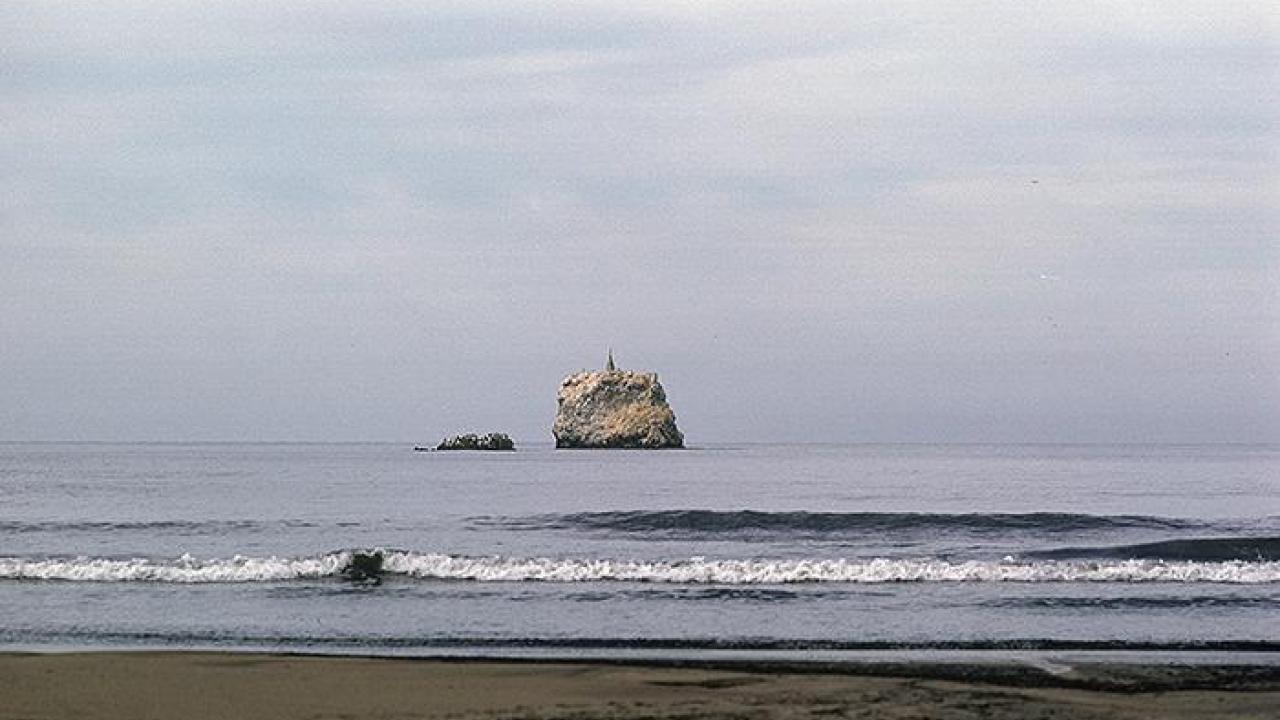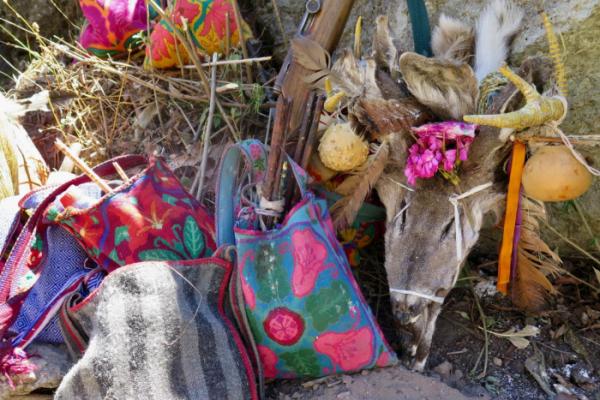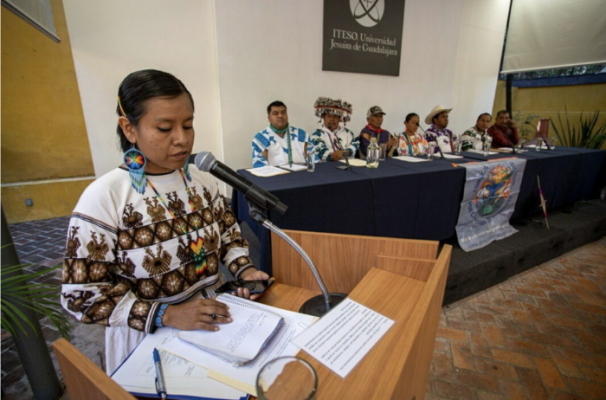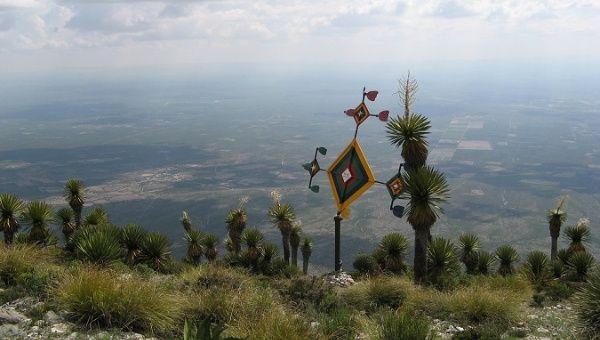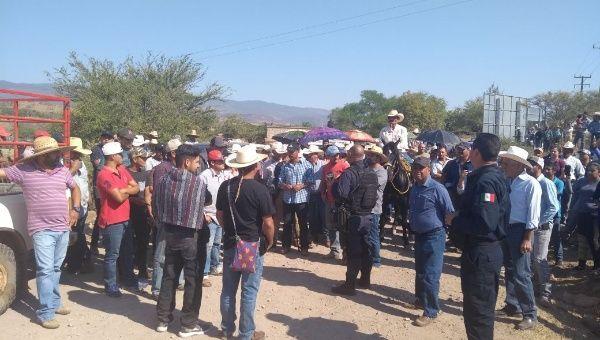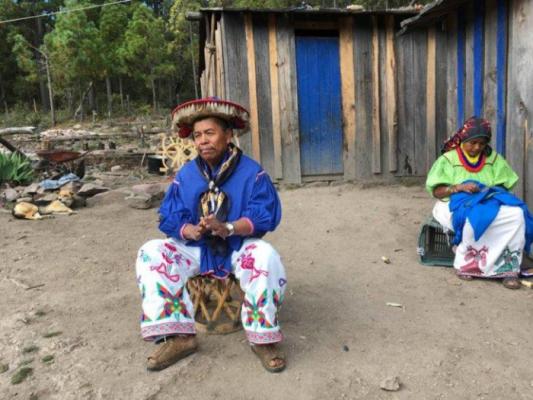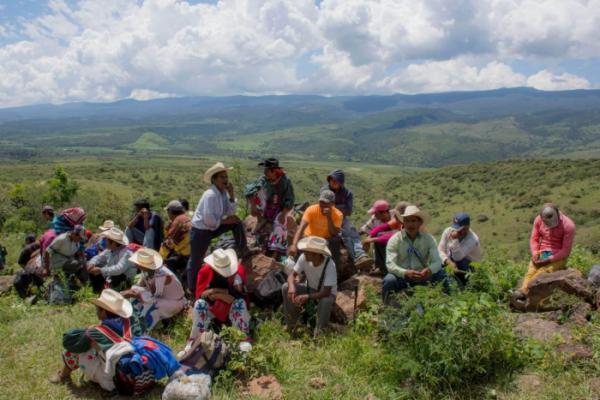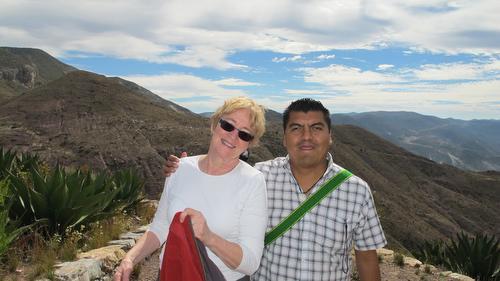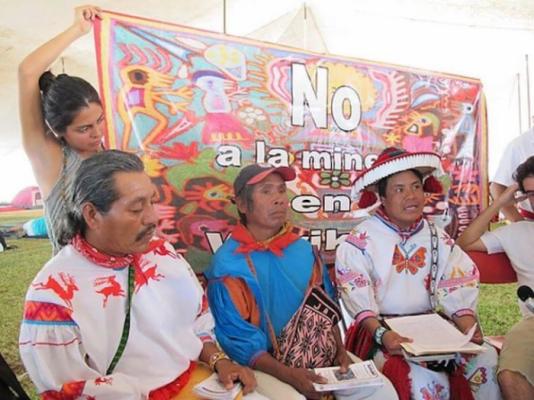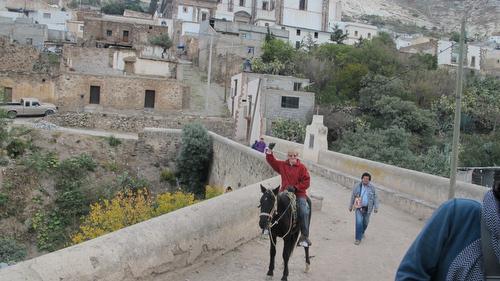Después de 13 años de constante batalla, el Consejo Regional Wixárika por la Defensa de Wirikuta (CRW), una coalición compuesta por autoridades tradicionales, civiles y agrarias de las comunidades Wixaritari de Santa Catarina Cuexcomatitlán, San Sebastián Teponahuaxtlán, Tuxpan de Bolaños en Jalisco, y Bancos de San Hipólito, continúan exigiendo al Estado Mexicano cancelar las 78 concesiones mineras que ponen en riesgo la tierra sagrada de Wirikuta y sus 140 mil hectáreas, que se extienden por los municipios de Real de Catorce, Charcas, Vanegas, Villa de Guadalupe y Villa de la Paz, en el e
